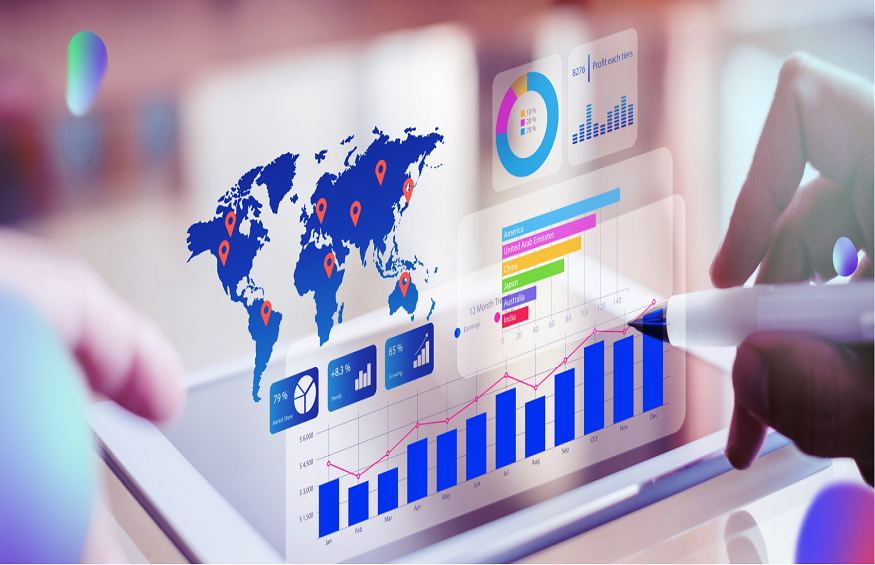Carbon Calculation and Reporting: Mistakes to Avoid

Are you about to start, or already on the journey of calculating and reducing your carbon footprint? This is excellent because carbon calculation and reporting allow you to understand the main source of greenhouse gasses (GHG) and craft methods of reducing them. It also helps companies comply with sustainability reporting requirements and, more importantly, the satisfaction of knowing they are helping address the problem of global warming.
While noble and crucial, we must say that it is never easy. Often, companies prepare sustainability reports that end up getting labeled green washed. Indeed, green washing has been referred to as the biggest threat to sustainability. In this post, we will highlight common mistakes that you should avoid in carbon calculation and reporting.
What Is Carbon Calculation and Reporting?
This is the calculation of a company’s overall greenhouse gas (GHG) emissions from its activities, plus the efforts adopted to address it. Finally, the information is captured in an ESG report that is prepared for stakeholders to read and appreciate the efforts by the company. Although the report is prepared targeting stakeholders, it goes far beyond that.
The reporting process sets a benchmark for the company to ingrain sustainability into its operations. From the beginning, your company has to set clear goals, which include enriching the operating strategy and rethinking the supply chain. Therefore, you have to get it right from the beginning.
Mistakes to Avoid in Carbon Calculation and ESG Reporting
Stakeholders, from your employees to investors and customers, are more thorough today and only want to be associated with companies that are responsible and sustainable. So, you have to be as thorough as possible in ESG reporting and avoid the following mistakes.
Failing to Prioritize and Set Boundaries
The core goal of carbon calculation is to determine the levels of greenhouse gasses so that you can set reduction targets. Therefore, failing to clearly set the organization’s boundaries is likely to result in an incorrect report. For example, if you factor in Scope 1 emissions and leave out Scope 2, the footprint will be incorrect. So what should you do to avoid this mistake?
- Ensure to start by selecting the preferred criteria or framework. One of the best options is the GHG protocol. You might also want to consider the Task-force on Climate-Related Financial Disclosures (TCFD) or the Global Reporting Initiative (GRI).
- Prioritize the exercise. This involves a comprehensive review of your company to determine the main causes of GHG emissions. It will be an excellent moment to classify the emissions at this point. So, which are the Scope 1, 2, and 3 emissions?
Calculating Carbon Footprint and Preparing the ESG Report without Correct Skills
When looked at on paper, the whole process of carbon calculation and ESG reporting might appear pretty straightforward, but we must tell you that it can get pretty complex. If you do not have the right skills, trying to handle the task alone will be a big mistake. When doing it for the first time, it is not uncommon to get mixed up and prepare poor reports. Indeed, even those with skills often ask experts to help.
Therefore, it will be a good idea to consider bringing on board an expert on carbon calculation and ESG reporting. The expert will be there to help conceptualize the entire process, install the right structures, and prepare high-quality reports. Furthermore, the expert can help train your staff, making it easy to handle the process easily in the future.
Not Using an Appropriate Sustainability Management Software
The carbon calculation and ESG reporting process can be pretty challenging and complex because it involves dealing with data from different sections. For example, you have to track carbon emissions from the production line, transport fleet, lighting, and third parties in the supply chain. Again, you need to deal with different departments, and trying to do all the tasks manually is likely to result in major challenges.
By working with the best sustainability management app, it becomes easy to set targets, follow key performance indicators (KPIs), and automate some parts of data gathering. Top ESG reporting apps will easily integrate with your business management system so that it can pull out important information. Other benefits of working with advanced carbon calculation and ESG reporting software are.
- Makes it possible to adhere to international standards set for ESG reporting.
- Awesome for data protection.
- Helps you to stick to the principles of ESG reporting.
- ESG reporting software makes it pretty easy for your company’s staff to learn more about carbon footprint calculation and reporting.
Carbon calculation and reporting have become important corporate processes, and it is crucial to get them right. This post has highlighted some of the common mistakes that people make in carbon calculation and how to avoid them. Visit Diginex.com to learn more about carbon calculation, the best ESG reporting software, and get expert assistance. Let the experts hold your hands for more ESG reporting benefits.






